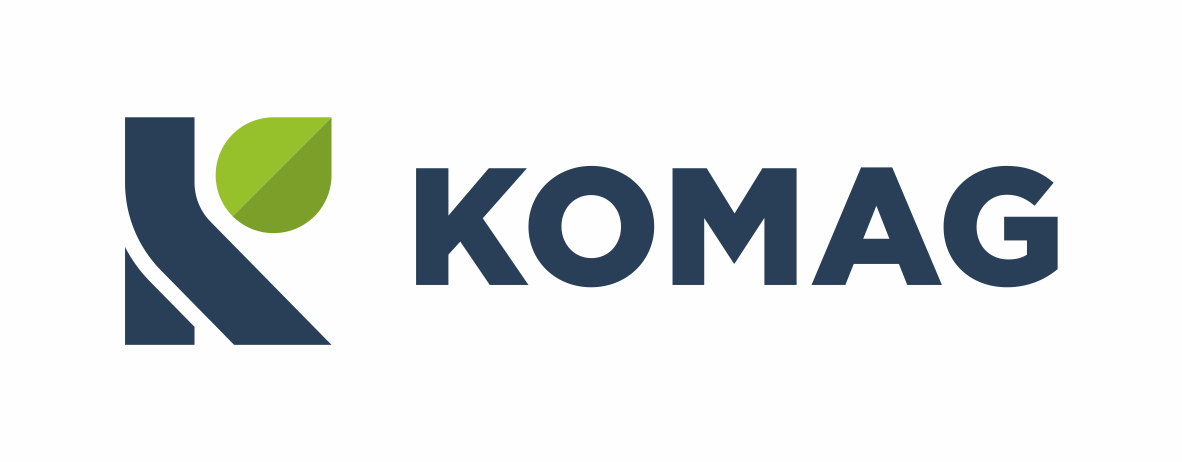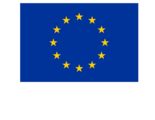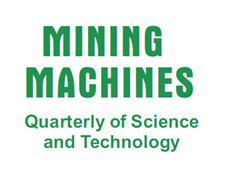Prostański D., Jonak J.
Monografia nr 1
Gliwice 2003 s. 1‑106,
ISBN 83-919228-0-4
BRAK W SPRZEDAŻY
Przedstawiono rozszerzony model urabiania skał stożkowymi nożami obrotowymi. Do identyfikacji modelu wykorzystano sztuczne sieci neuronowe.
Enlarged model of rock cutting by the conical rotating bits have been presented in the work. Artificial neural networks were used to identify the model. A novelty of the developed model was an implementation in it a greater number of data input, that is the properties of cut rock material as well as an implementation in the model a greater number of the rock types than in the present model developed by using the statistical analyses. Optimal parameters, with which the cutting process should run with regard to the values of forces loading the bit and the unit cutting energy, were verified by using the "neural" model. At the end of the work the proposals for directions of further research work with a special regard to the rotation of the bit and a wear aspect were given.
The work is directed to the engineering and R & D centers, which deal with a designing of the cutting heads equipped with the conical rotational bits. Besides it can be of interest for students and scientific and didactic staff of the Mining and Mechanical Departments of Universities dealing with the problems of cutting rocks with multi-tools heads.






 Badanie bezpieczeństwa wyrobów
Badanie bezpieczeństwa wyrobów Klaster Maszyn Górniczych
Klaster Maszyn Górniczych